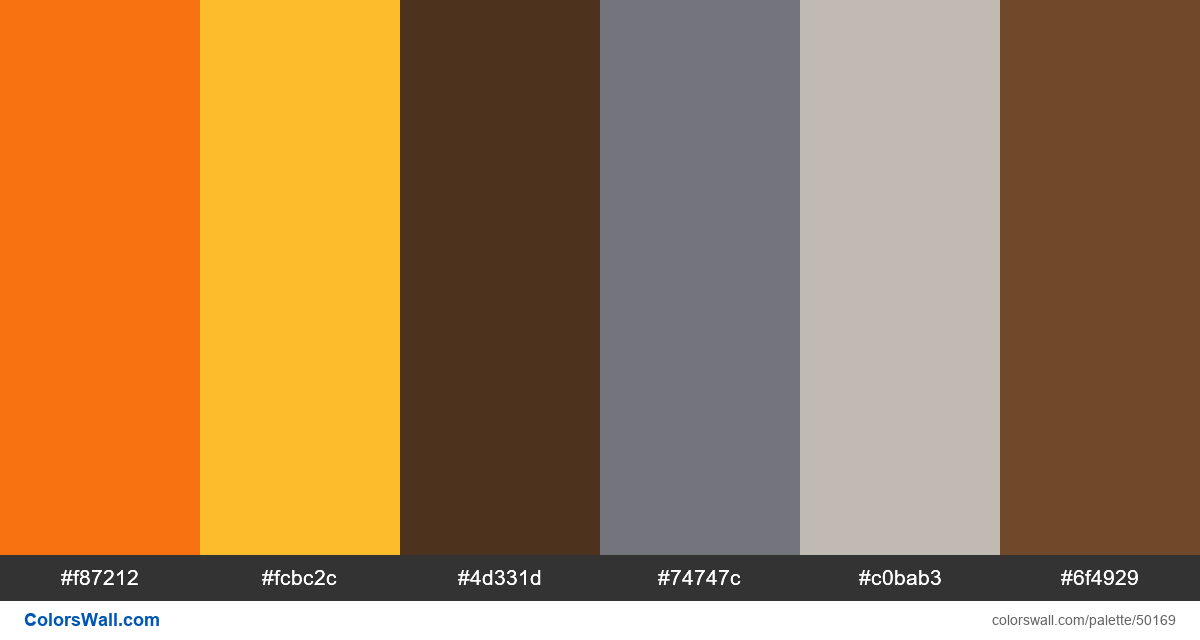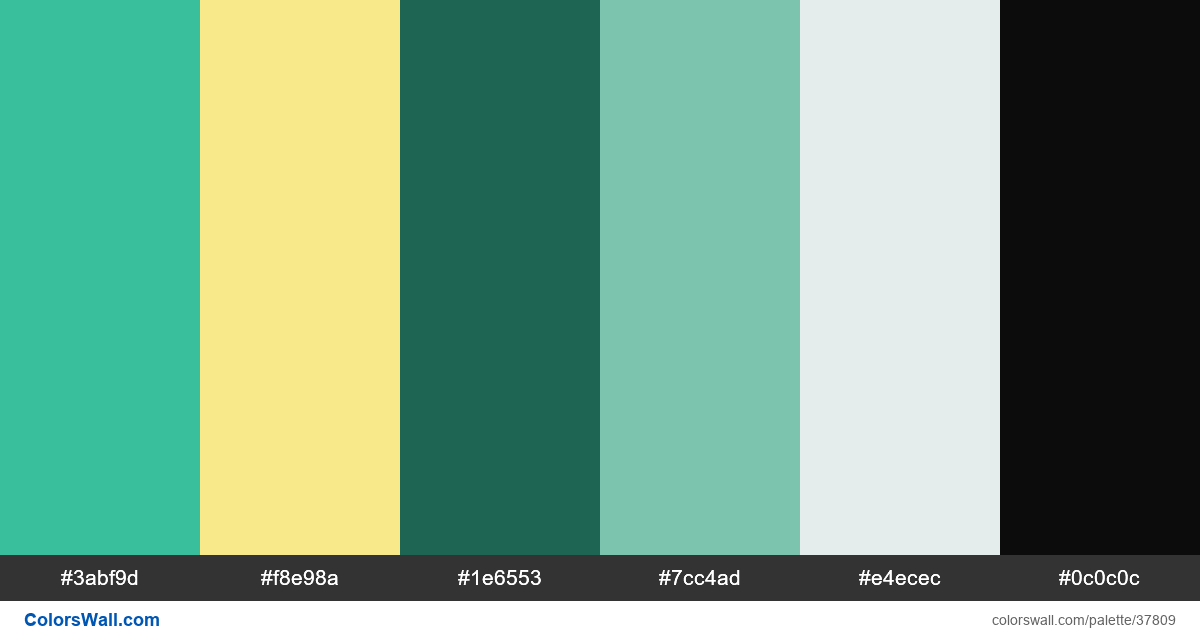
That will be covered in a future tutorial.

The drawing can be further refined by adding arrows or text to illustrate different features of the building, and more photo-real scenery or structure elements can be added in via Photoshop, as seen below. Below are some examples using this technique.Ī section with a grey toned for the cut area.Ī higher detailed section to imply materials and depth. And since we have all of the linework in the layer above, the thickness, stroke type, or color can easily be adjusted to enhance the drawing. I will usually paint the area being cut through in my drawings a light grey to improve the readability, but any color or pattern can be used. Now click on the live paint bucket and paint away (Shortcut: K). Optional: Lock the layer to ensure none of the lines are accidentally moved while live painting the group below. Set the visibility of the original linework layer to on. The best way I found to do this is by double clicking the live paint group to isolate the objects, select all of the lines, and then set the line color to none. That’s all good and done, but since we’re using another layer for the linework which we may be editing layer, it’s best to hide the lines in the live paint group. Go up to the object menu > live paint > make. Turn off the layer with the original linework and then select everything that is left on the artboard (the lines for the live paint group). One with all the original linework, and a second to be used to make a live paint group. The image to the right shows how I have my layers set up. But since we want to be able to edit the linework later, we’ll make a copy to use for our live paint group. Also, you can resize objects with similar alignment.The first step is to make a live paint group out of the linework of the drawing. What it does: Creates spaces between at least two objects. What it does: Splits a path in two, creating separate paths. This can be done by dragging the mouse over the gradient.

What it does: Softens the coloring of any gradient. It is: For putting a lighter touch on gradients. What it does: Color-codes and tracks changes by users and allows individuals to leave notes in a document for others to read. Adobe offers many ways to make gradients, including custom gradients in Photoshop. This takes working with gradients to a whole new level. The Mesh tool allows you to place, angle, and move gradient tones in a way they might fall realistically on a 3D object. It is: For keeping all parties accountable for their changes. The Gradient Mesh tool in Illustrator is great for bringing illustrations to life. Any additional shape will be added to the path if it has the same stroke and fill color. What it does: Creates a filled path of the shapes defined by your brush strokes. It is: A little bit paint brush, a little bit pen (for paths). What they do: The Rotate Tool moves an object, using one fixed point as the “hinge” to pivot the object. They are: Ways to tweak an object’s position. It is: A fast way to shrink or enlarge an object What that means: You can make objects larger without feeding it fast food three times a day. What it does: Makes anchors along a path grow in width to change the overall shape of an object after filling the path. It is: A means to change the width of a path. Using Live Paint, you can freely paint designs using paths. For example, you can create a snowman by stacking various circular shapes on top of each other. What it does: Shape Builder fabricates new objects by adding pieces of shapes together. They are: Good for creating custom shapes and coloring. The orientation and perspective of the objects will change depending on where they are placed in this grid. The opposite ends to the left and right represent “vanishing points” where objects will appear miniscule as compared to being in the middle of the screen. There are two planes that meet at that middle of the screen. What it does: It places objects along planes. What that means: If you don’t want an object to have a flat, solid color, the Mesh Tool can mix and blend colors to offer object rendering. What it does: Uses “mesh points” as guidelines for where to add colors mesh points are like anchors from the Pen Tool, but add color effects. It is: A way to create various color effects in an object. What that means: Colors blend naturally together like a sunset. What it does: Takes two points and natural progresses colors from point “A” to “B.” It is: Great for adding dynamic colors to a graphic. What it does: Establishes what object you want to replicate and lets you create copies that can be altered for variety. It is: A convenient way to add numerous copies of a graphic to a design. What it does: Takes data for your graph and places it into whatever form of graph you choose, including stacked, bar, line, area, scatter, pie, radar and mixed forms of graphs.

It is: A quick way to create various graphs.

It is: A tool that allows you to resize and move artboards. If you still need extra help, take a look at our Illustrator and InDesign courses! Illustrator Feeling a bit lost in Adobe Illustrator or InDesign? This tool palette cheat sheet should help you find your way.


 0 kommentar(er)
0 kommentar(er)
